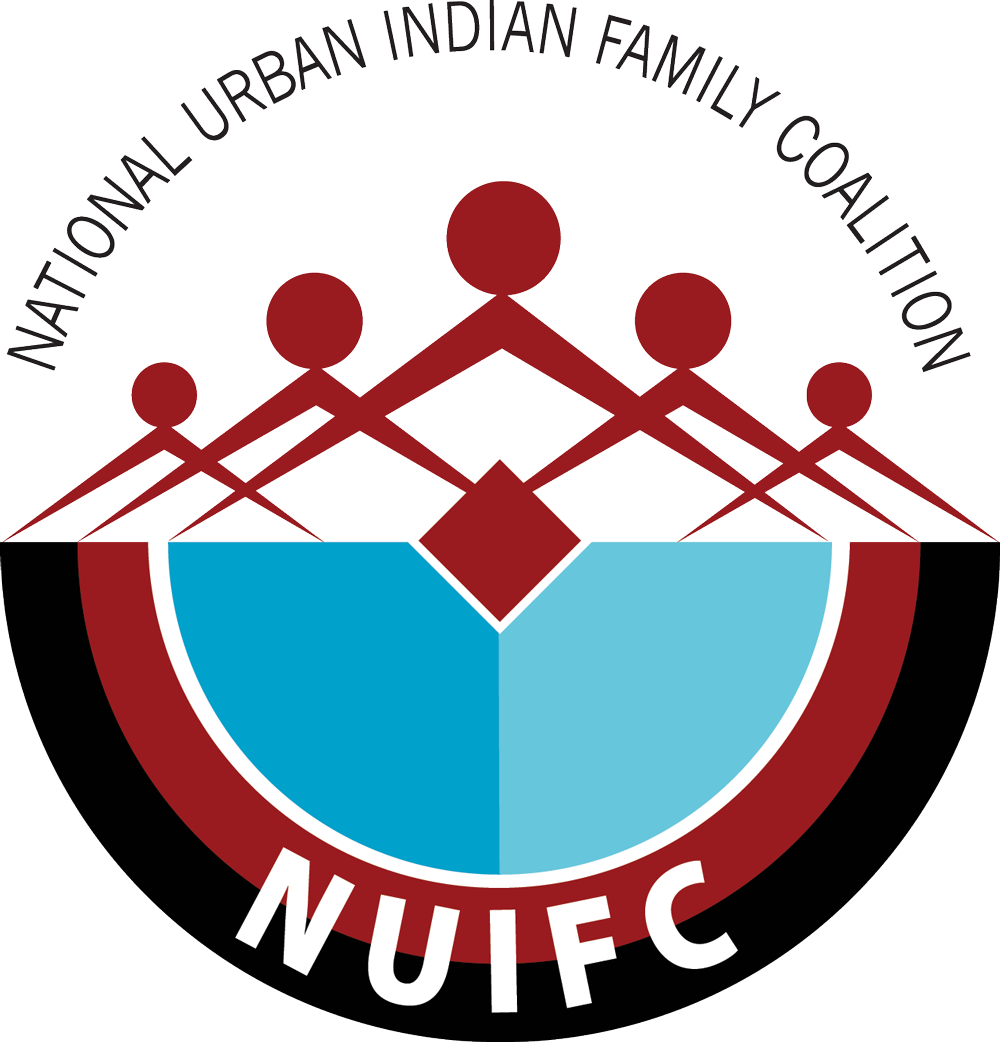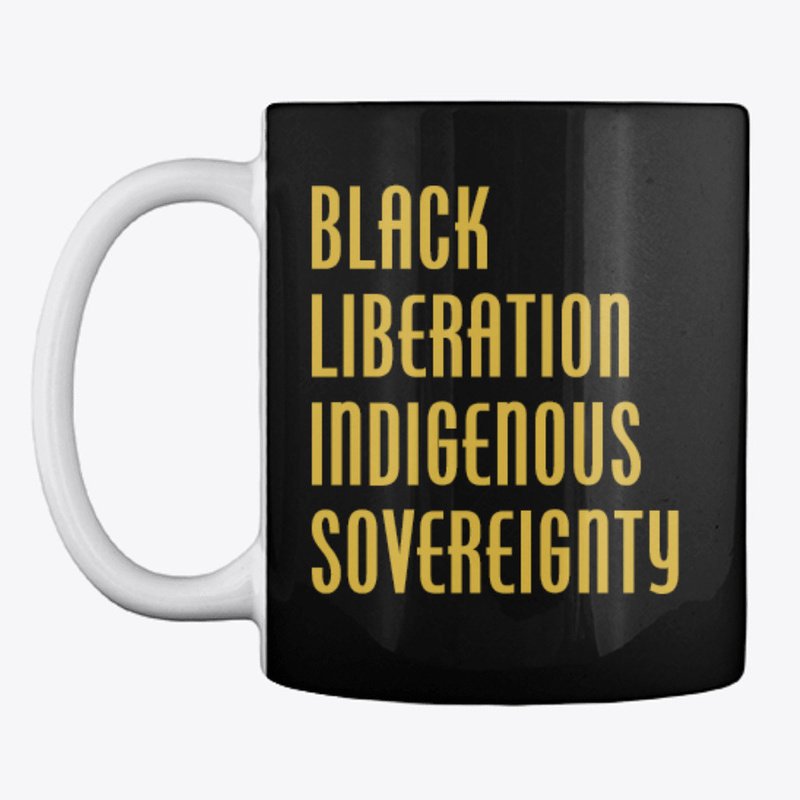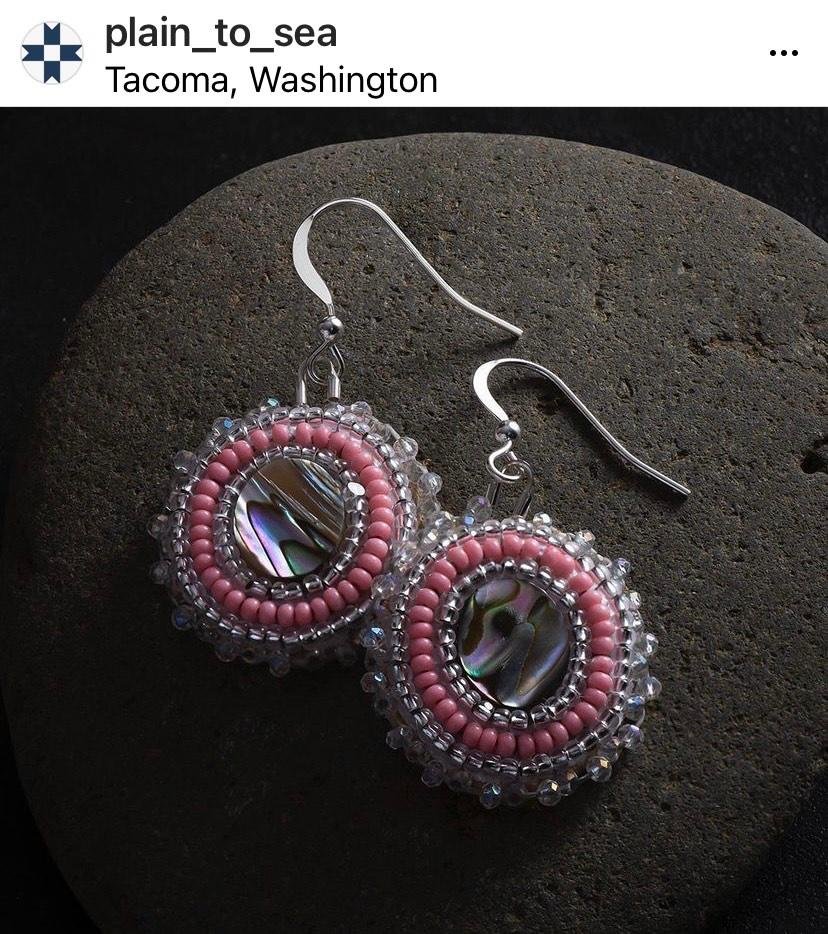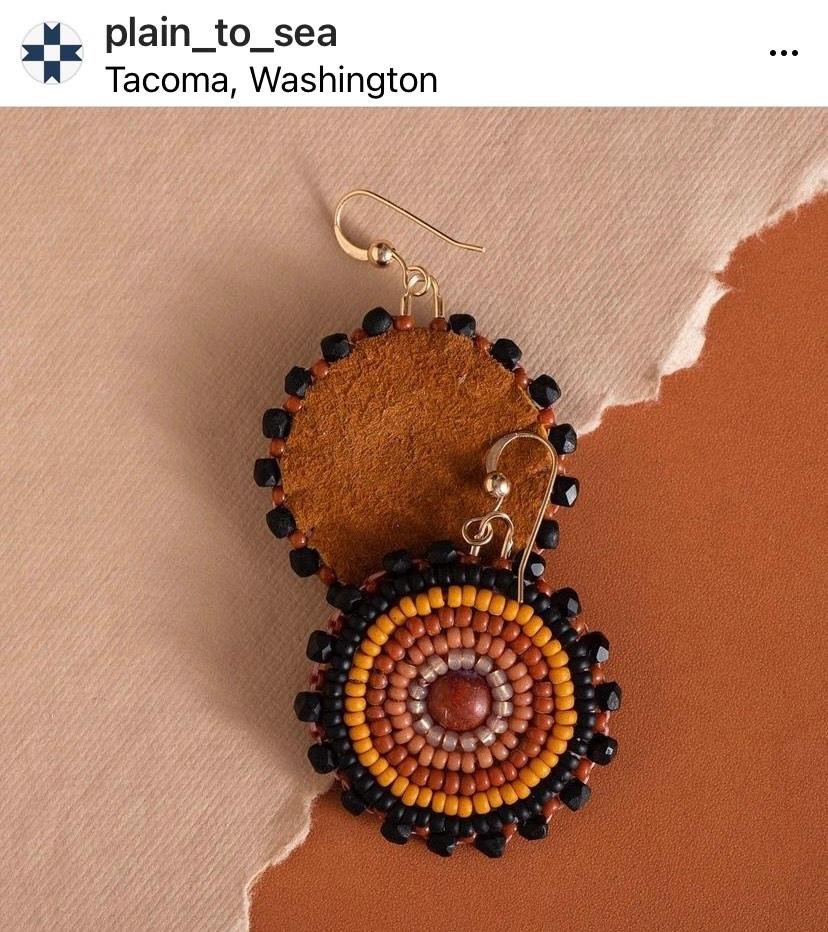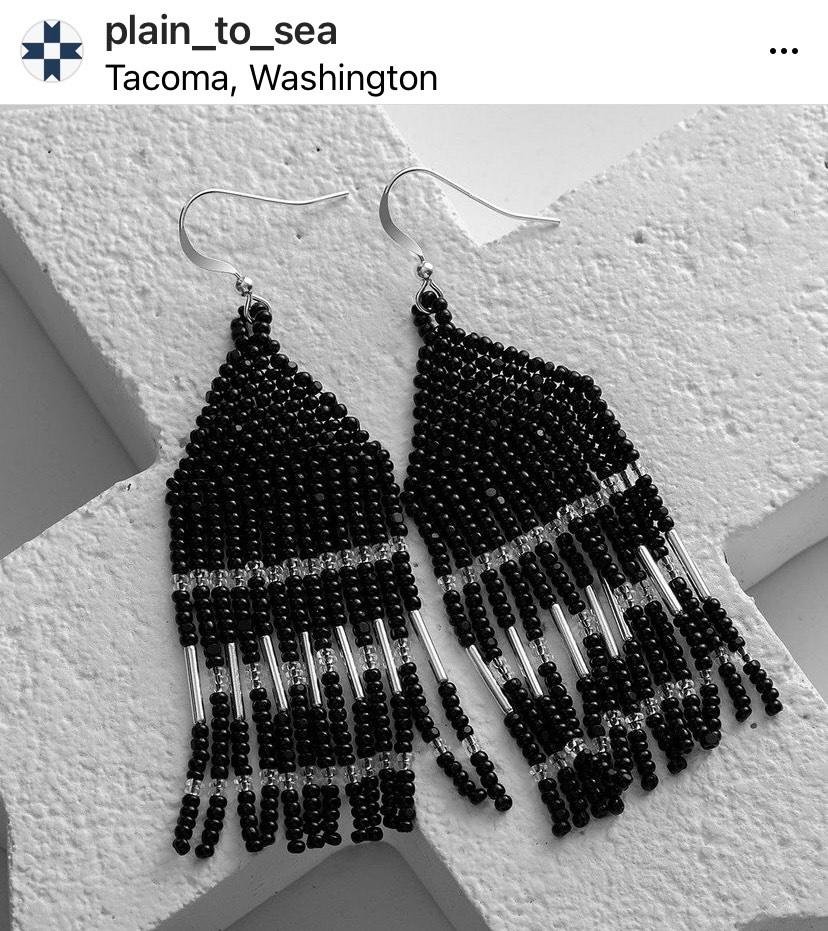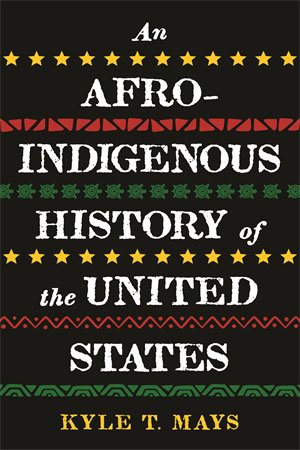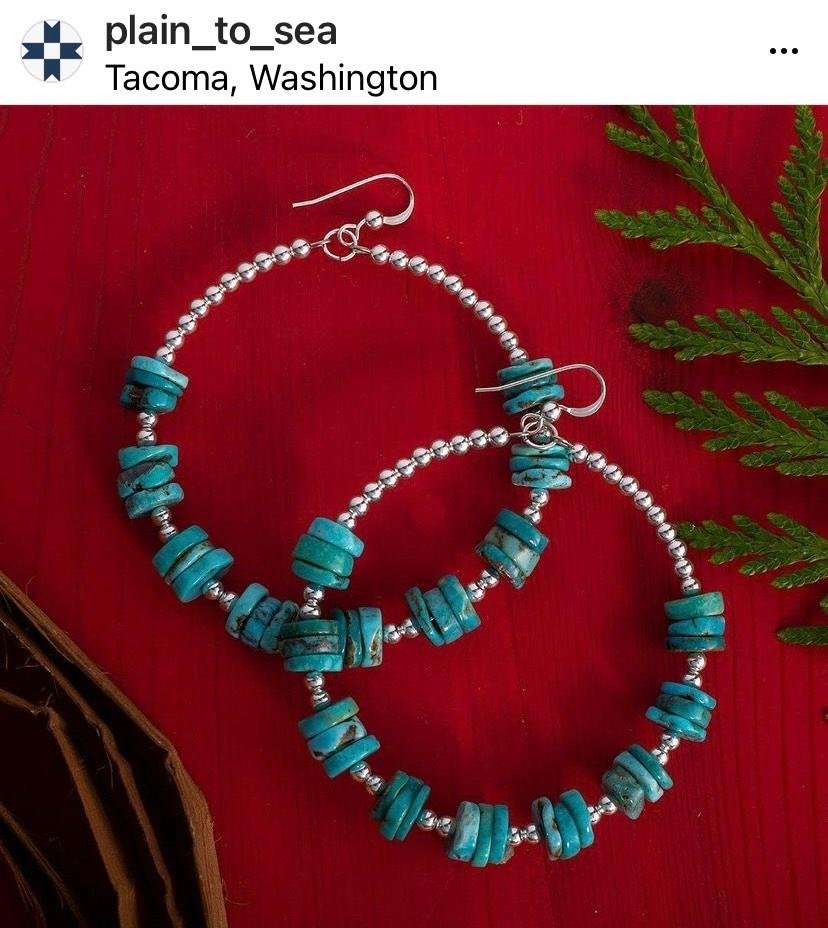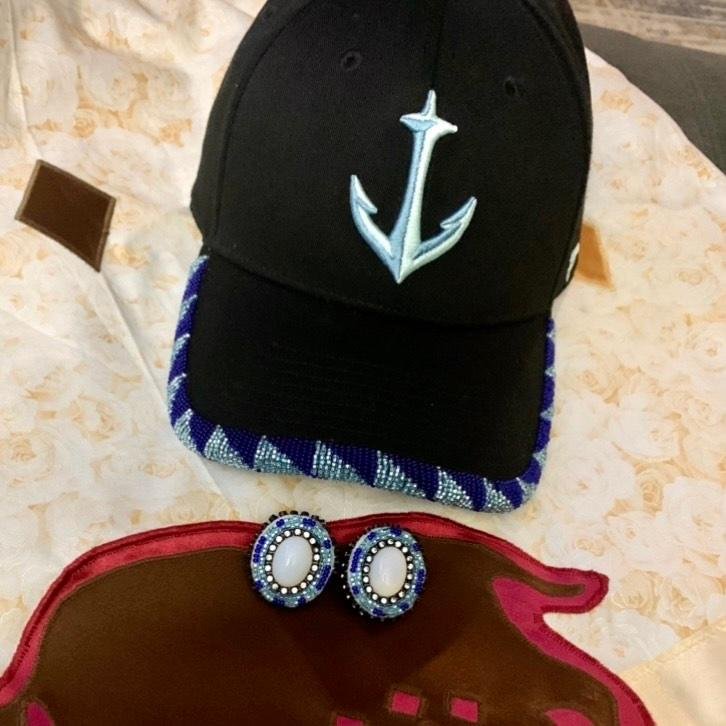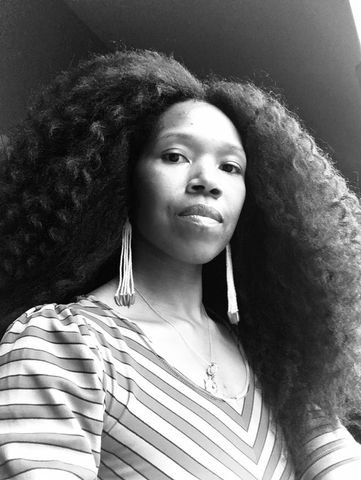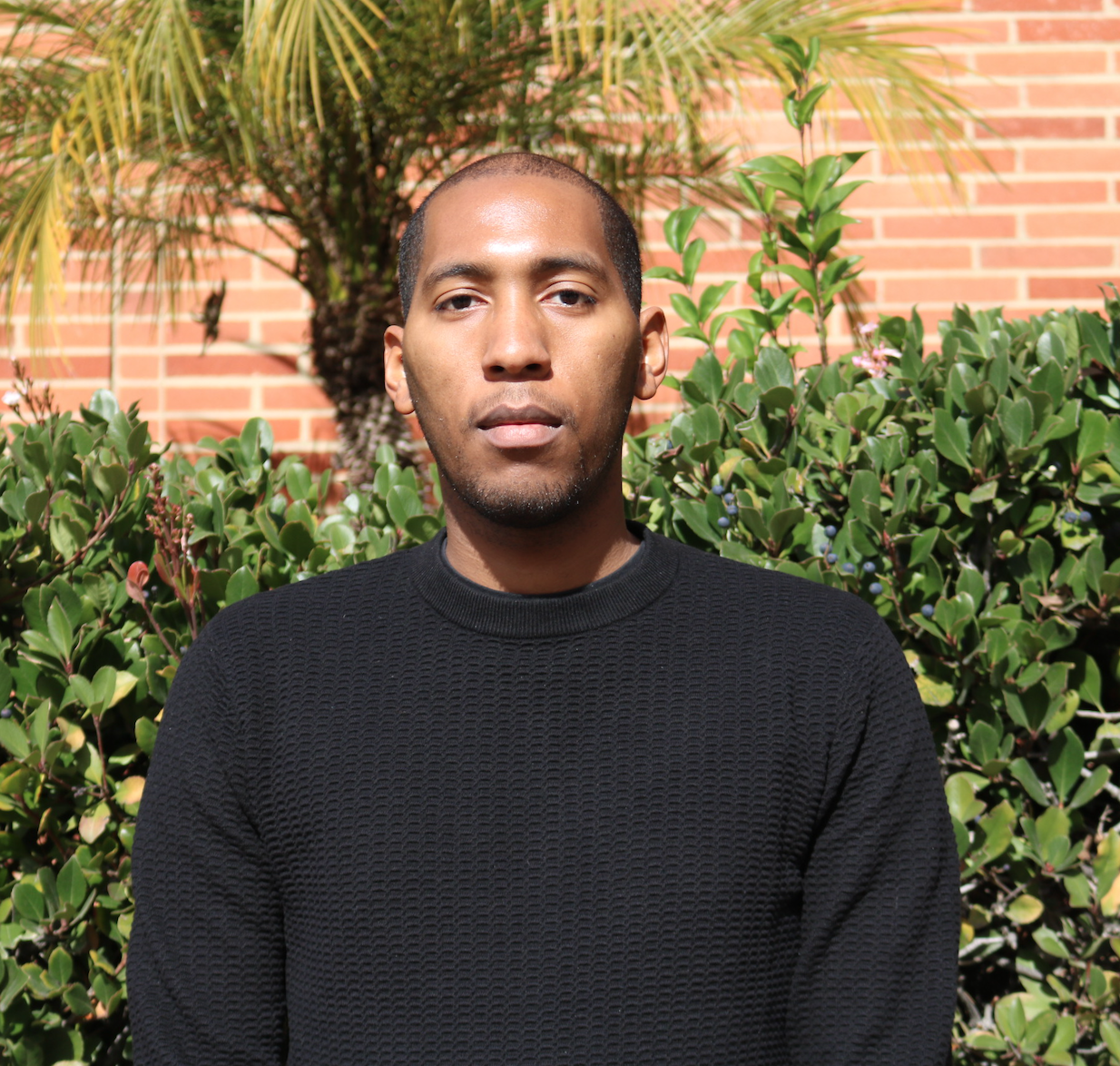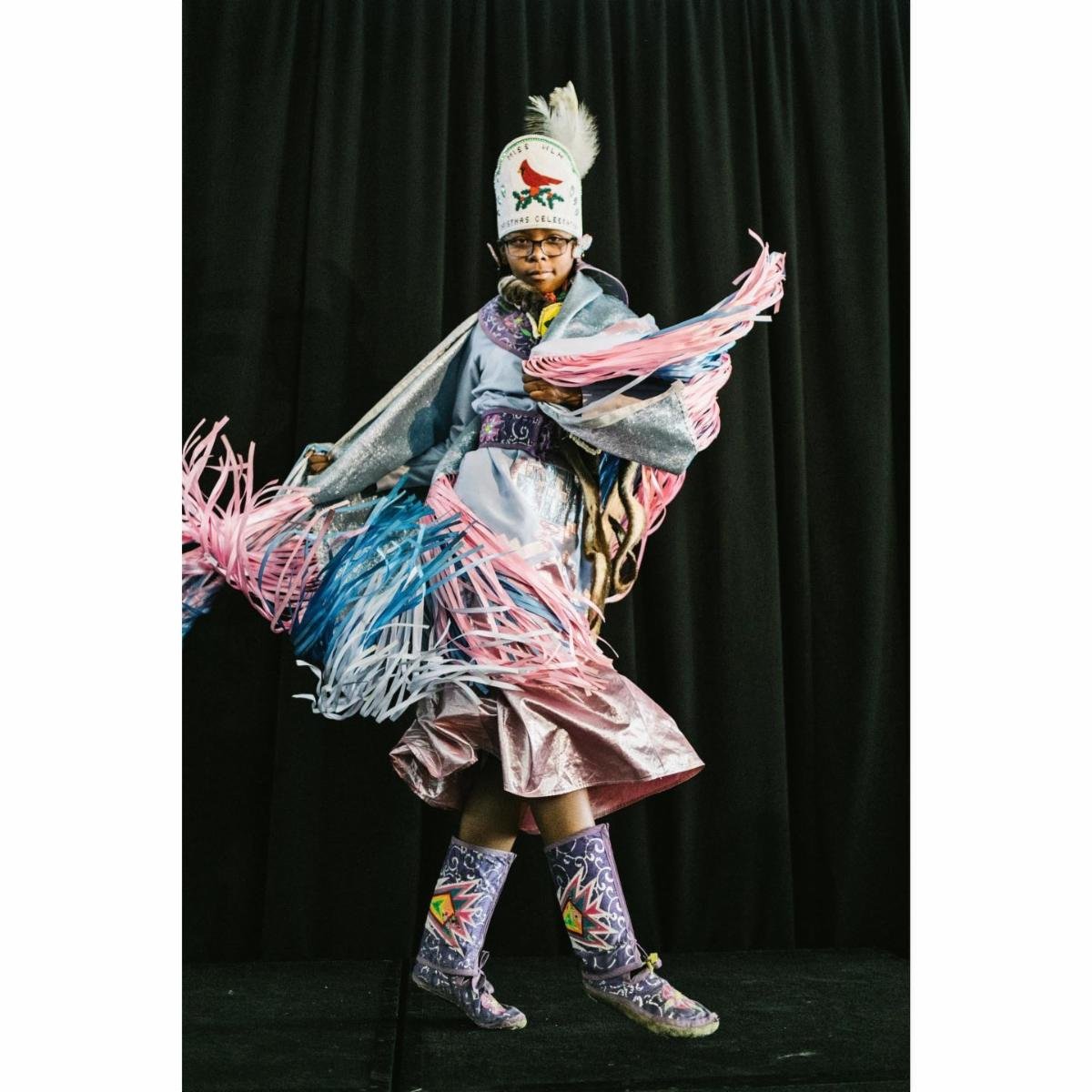NUIFC Newsletter // Celebrating Our Afro-Indigenous Relatives
The NUIFC is proud to present a new series on our Black and Native urban relatives making an impact in their communities living in the city. Our Afro-Indigenous relatives are sacred and we are excited to begin this series in celebration! We are launching this series today at the end of February but it is not solely for Black History Month. It will be ongoing throughout the year alongside celebrations of all our Native intersections of identity. As Dr. Kyle Mays says "the dispossession of millions of Native Americans and the simultaneous genocide and enslavement of Indigenous Africans remain two intertwining and parallel events that have fundamentally shaped the United States.” Our communities are inextricably linked, and it is essential to celebrate and uplift the intersections of our Indigenous identities. Stay tuned for interviews from Dr. Kyle Mays and Amber Starks (also known as Melanin Mvskoke) and others in the coming months for this series.
Today we are honored to start the series with an interview with the artist, creator, and storyteller Paige Pettibon. She is Black and Salish (Confederated Salish and Kootenai Tribes) and identifies as Afro-Indigenous. Paige is an artist based in Tacoma and focuses on mediums such as acrylic painting, fiber art, beadwork, and digital design. Paige is influenced by her multicultural background and identifies as a community artist. She continues to grow within the Indigenous community by learning the Lushootseed language, tribal songs, arts, dances, and traditions.
Q&A WITH PAIGE PETTIBON (Confederated Salish and Kootenai Tribes)
ARTIST.
CREATOR.
STORYTELLER.
Q: The theme of this year’s Black History Month is Black Health and Wellness. What is Black Health and Wellness to you? How can we as Native communities lift up Afro-Indigenous health and wellness?
A: A big part of Black health and wellness is having agency over our stories. Having boundaries is important to mental well-being and many try to push boundaries, sometimes unknowingly. I think it’s important to try to uplift each other without exhausting our bandwidth. If we remember to be gracious and give others time to process and take care as they are sharing their stories, then we are giving others a type of support and gratitude.
Q: What issues do you feel are most pressing in our Native and Black communities right now and what kind of work can we all do as relatives together on these issues?
A: I think our Afro-Indigenous youth need to be uplifted and put in positions of leadership. I’ve seen dark skinned youth be treated differently in tribal schools and denied tribal royalty. I’ve witness a lack of support for our Black relatives and Black community members. I’ve heard negative comments from people in positions of power such as council. I believe it is important to remember that allyship is fundamental when advocating for human rights, land back, and justice. We all win when we come together for a common purpose and when one falls we all fall.
Q: Do you live in a city? What are some urban specific issues for the Black Native community that need addressing?
A: I do live in the city. The Black Native community needs to have access to culture, nature, and food sovereignty. I’ve only lived in the city and don’t know if these needs are special to just cities but when I find myself crowded by gridded concrete blocks, I wish to be surrounded by more indigenous plants and free landscapes.
Q: What kinds of things bring you hope or celebration for our Native and Black communities? What kind of work in our urban communities excites you the most right now?
A: I see our youth creating some beautiful artwork. I see them working out complex issues during a really hard time in history. I applaud them for being bold and outspoken.
Q: What do you wish people knew about the Black Native experience in American Urban diaspora? How does this differ from the rez?
A: I only grew up in the city, and the reservation here has been grabbed by white settlers creating a checkerboard rez. Because of the Dawes Act, tribal land was allocated to tribal members, which in turn created access for white settlers to purchase land from tribal members. This caused a "checkerboard" reservation. I believe our city has some work to do in reconciling the horrendous occurrences that have happened and continue to happen today. I think the education system fails to bridge communities and fails to tell our history and explain our sovereignty. We need our city to do the work beyond land acknowledgments and include Black Natives in the conversation without exploitation or exhaustion.
Q: How can our Black and Native communities work together to disavow the zero sum fallacy and instead work together to support and celebrate our collective communities and our relatives? We know that colonization and white supremacy are the culprits and the zero sum fallacy works to tear people and communities apart. What can we do?
A: This is a hard question for me to answer because I feel like our communities have so much healing that needs to be done and it’s so hard to see change in one generation. I believe we should really invest our time and energy educating and supporting the youth. My actions are definitely influencing the youth in a way that feels like generational healing is possible. I try to have compassion for others who I don’t see eye to eye with and to try to find common ground. It’s really hard sometimes not to be overwhelmed with colonization. It is also important to find my peace and create balance in my life, so that I don’t fall into these fallacies.
Q: What are some hallmarks of Anti-Black racism in Indian Country? How about the converse, anti-Indigenity in the Black community?
A: I think people too often assume ones culture by race. These two concepts are not intrinsically linked. I think it is important to remember that both Tribal Sovereignty and Black Liberation can coexist. I believe education and being in community will be our salvation in creating spaces that are pro both cultures.
Q: Last but certainly not least, who is an Afro-Indigenous ancestor you bring with you into your work?
A: In my work I try to bring in my community. I think of my maternal grandparents and how they nurtured the community.
COMING SOON! A giveaway for our NUIFC community with exciting prizes from our Black Native relatives!
Keep a look out for Paige Pettibon's earrings and others in our upcoming giveaway on our social media pages to celebrate our Afro-Indigenous relatives! We are so excited to do a giveaway centering our Black Native community.
We will have the following prizes for the upcoming giveaway:
Bead work earrings from artist, creator, and storyteller Paige Pettibon(Black & Confederated Salish and Kootenai Tribes)
An Afro-Indigenous History of the United States book from writer, scholar, and professor Dr. Kyle Mays (Black & Saginaw Chippewa)
Black Liberation and Indigenous Sovereignty merch from activist, advocate, organizer, cultural critic, decolonial theorist, and abolitionist Amber Starks / Melanin Mvskoke (Black & Muscogee Creek Citizen)
sets of a beaded hat with matching earrings from 15-year-old high school student, fancy dancer, traditional gatherer, basketball player, and beader Ulali Nightgun (Black & Ampskapi Pikunii and Yakama)
The NUIFC is so excited to present this giveaway coming soon! Check back in our upcoming newsletter issues (click here to subscribe), on our website, and on our social media pages like Instagram and Facebook for the giveaway launch coming soon. If you have questions about the giveaway, please email cchalmers@nuifc.org to contact Colleen Chalmers, our Communications & Media Associate.
We do this in celebration and gratitude of all our beloved Afro-Indigenous relatives and we thank Paige Pettibon, Dr. Kyle Mays, Amber Starks, and Ulali Nightgun for sharing their gifts and time with us.
